Well, that didn’t last long.
The contour craze started in 2012, when one Miss Kimberly Kardashian posted a photo series of her face with and without contouring. Pretty much overnight, contouring exploded; what was originally a technique used exclusively by professional makeup artists for photo shoots became a look that women the world over wore to the office on a Tuesday morning.
Sales of contouring products more than tripled. Chiselled jawlines and carved cheekbones became the look du jour and soon, makeup was being used not only to enhance features, but to create entirely new ones.
Towards the end there, contouring was out of control; seeing something usually reserved for the camera lens out in the wild was jarring. It looked unnatural. Even Kim K was over it by 2016.
But now, contouring is back – but, fortunately, not the way you remember it. Post-pandemic (when plenty of women ditched make-up altogether), contouring is different, much like most things.
Today the sculpting is softer and subtler, the formulas and textures are sheerer and more skin-like, the blending is next-level maniacal. It’s more ‘90s supermodel, when Claudia and Cindy and that great chameleon, Linda, used makeup to deftly craft cheekbones and jawlines, and less obviously caked-on as in the 2010s.
If you want to try contouring, and you want to be good at it, it’s important to know exactly what it is and what you’re trying to achieve. “Contouring is designed to mimic a shadow on the face, with the aim of creating more structure and strength, and reducing areas we wish to make smaller,” explains Hilary Holmes, a makeup artist, educator, and the founder and product developer at Holme Beauty.
A lot of contouring techniques have been derived from drag techniques, so as women, we are trying to look like men who want to look like women.
BeautyTok is full of “ideas” on how and where to contour (current craze: underpainting), but Holmes notes that classic contouring involves a cream or liquid contour applied “after foundation but before powder.”
Whatever type of contouring product you’re using, whether it’s a cream or powder formula, your contour product is always applied before blush and highlighter.
Contouring for real life (not Instagram)
Holmes’ contouring goal is to create framing and warmth on the face and to do this, she looks at face shapes, not features. She runs online and IRL masterclasses that explore contouring for your face shape in depth, but here’s your quick cheat sheet.
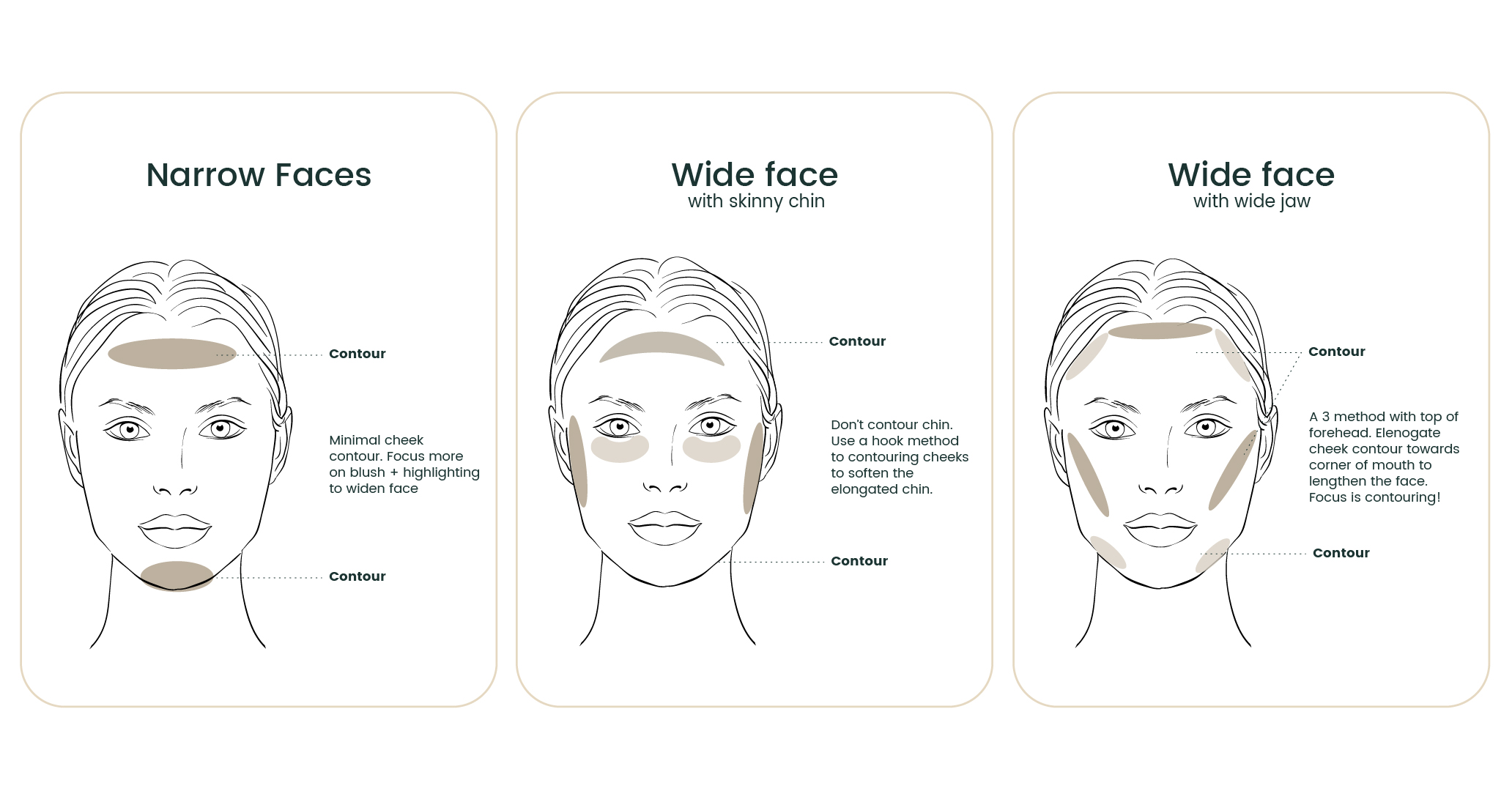
Narrow/long face
• Use a dark shade—exactly how dark will depend on your skin tone—to contour the forehead and chin to add dimension and balance
• Apply minimal cheek contouring, and focus on blush (on the apples of your cheeks) and highlighter (on cheekbones) to help widen the face.
Heart (wider cheeks with a tapered chin)
• Contour the upper cheekbones, but steer clear of the chin.
• Use a hook method (like the Nike tick) to contour the cheeks and soften the elongated chin
Square (wide)
• Contour using the ‘3’ shape motion—sweep from your temples, to cheek and chin.
• Elongate the cheek contour towards the corner of the mouth, to lengthen the face
And always… Deploy a light touch, blend like your life depends on it, softening edges so that it all looks flawless, and finish with “a powder bronzer or warmer face powder on the neck to blend the tone down and make it seamless,” advises Holmes.
Your contouring kit
Holmes recommends liquid and cream contour products for dehydrated or mature skin, or anyone wanting a more natural finish, and powders for those in search of longevity.
• PALETTE: My editor asked me to provide both high-end and mass product suggestions, but it would be negligent of me to compile a list of contour product that didn’t include Charlotte Tilbury Filmstar Bronze & Glow, $97, and Tom Ford Shade & Illuminate, $145. And really, it’s your fault — you all keep buying these and cementing their “best contouring kit” status.
• BRONZER: If you’re using bronzer to contour, it needs to be dark, matte and shimmer-free, and Maybelline New York City Bronzer, $18, is a good bet.
• CREAM: Both Lucy Adams and I are properly obsessed with Hilary’s Holme Beauty Primer, $65, and like to wear them solo for excellent radiance. But you’re contouring, so use a darker-than-your-skin-tone shade.
• STICK: Rihanna keeps knocking it out of the park with Fenty Beauty, and the Match Stix Matte Contour Skinstick, $48, continues that winning streak.
Fingers or tools? “Brushes are my only recommendation. You need to be accurate and able to blend it out. Sponges won’t give you the preciseness and hands are, for a few reasons, not practical. Instead of a huge powder brush, choose one that can be more specific in its application.”




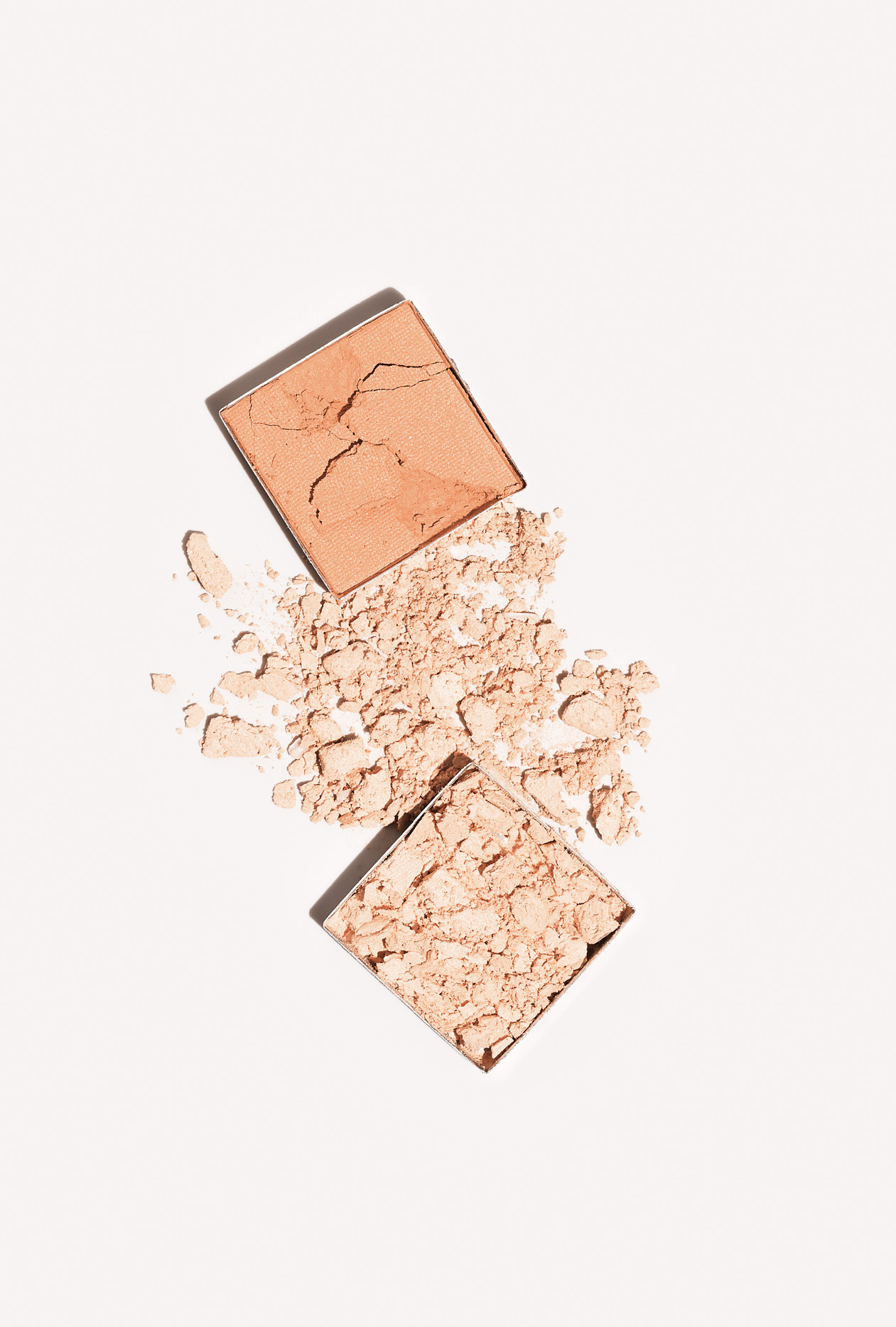
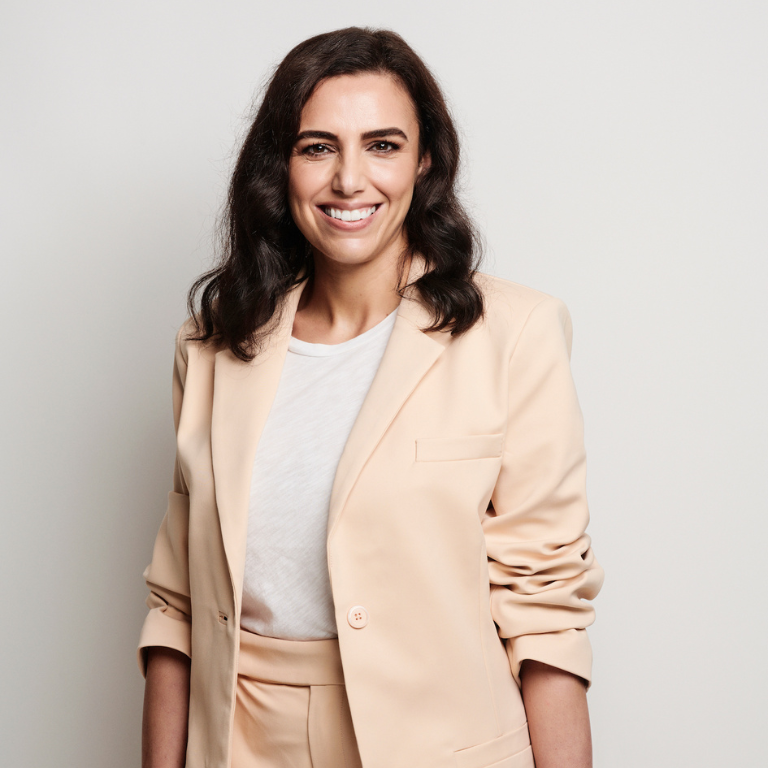
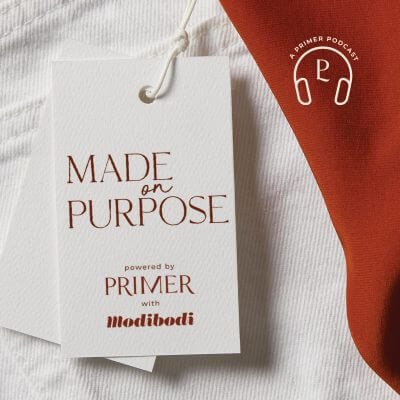
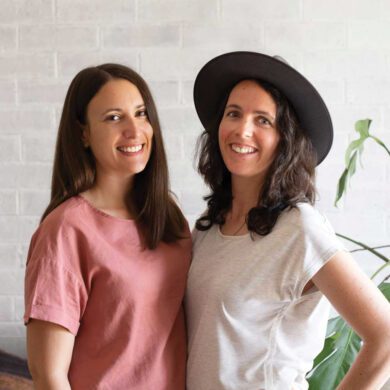
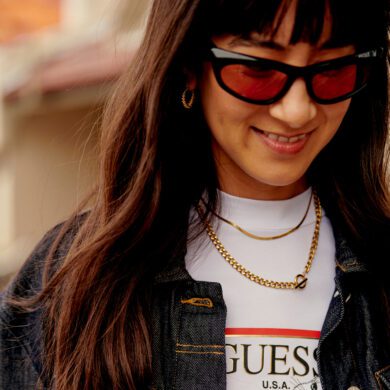
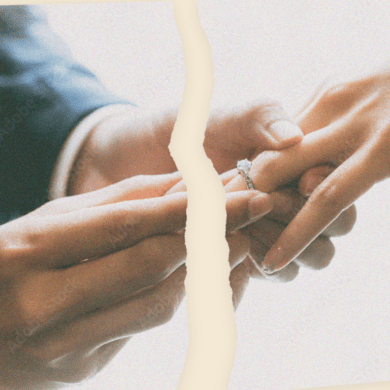

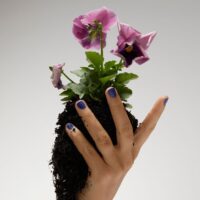
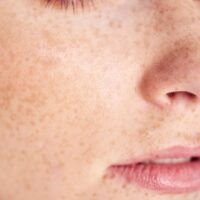
No Comments